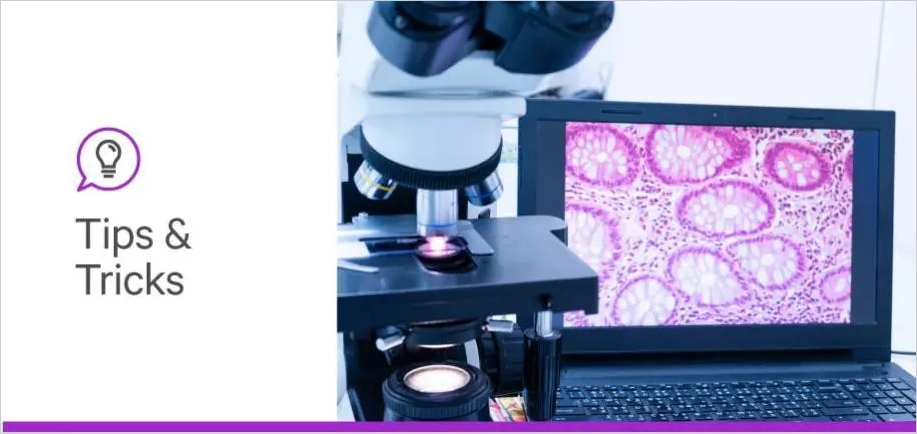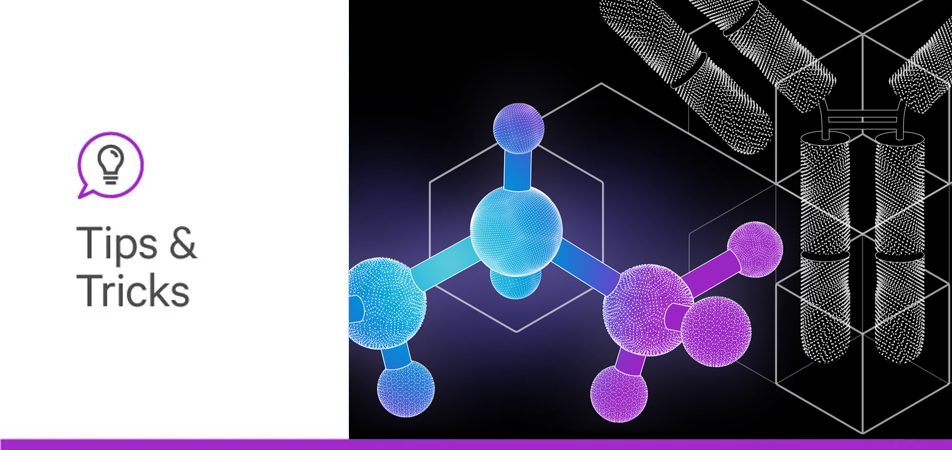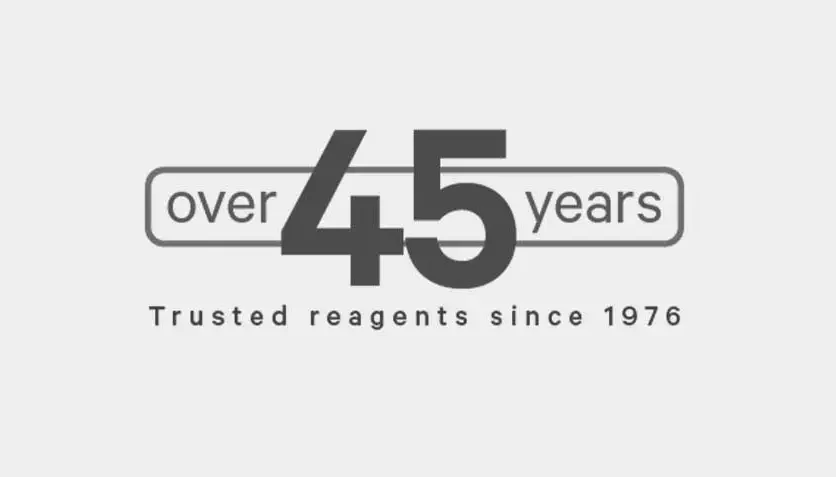

Observation is one of the fundamental steps in the scientific method. However, for centuries the scientific study of tissues was limited to observations of dissections with the unaided eye. It was not until the mid-19th century with the introduction of dyes, such as hematoxylin, that the subcellular structure of tissues became visible and the science of histochemistry emerged (1).
The number of available tissue dyes and stains increased during the early 20th century, as did the number of molecular families they identified. However, the ability to identify individual cellular- or tissue-specific proteins remained elusive. This changed in the mid-20th century when Dr. Albert Coons demonstrated that fluorescently labeled antibodies could be used to localize bacteria inside macrophages (2). The specific type of detection using an antibody-based method is termed immunostaining.
Immunostaining is a powerful tool that can be used to study protein expression levels, localization, and distribution in tissue or cells. It can also detect more than one target in a sample for co-localization studies. This article will discuss important immunostaining basics and considerations to take.
The general immunostaining workflow has a structured protocol of sequential incubations and treatments of a sample. The sample is typically a tissue section or cells.
Samples usually undergo a fixation process to maintain the tissue’s original state. Formalin fixation preserves proteins and cellular organelles for further study, but it can form crosslinks which mask the target protein, aka antigen, of an immunostaining study. To address this, an antigen retrieval step will unmask the target antigen for optimum immunolabeling. This involves an antigen retrieval reagent in combination with high-temperature treatment.
The next step involves blocking or quenching. Blocking solutions can prevent background interference from various sources, including endogenous enzyme activity or interactions of detection reagents with tissue/cell proteins and other macromolecules. For a more in-depth explanation of blocking techniques, check out Getting to the Specifics: Blocking for Immunohistochemistry.
After blocking, it is time for antibody incubations. An antibody is classified as a primary antibody if it binds directly to the target antigen of interest. It is most common to choose a host species different from the species of tissue being tested to avoid cross-reactivity in subsequent steps. For more details on antibody selection, check out the following blog post: Considerations When Selecting a Primary Antibody.
Next, a secondary antibody is added which is directed against the primary antibody. It is important to have the target species of a secondary antibody be the same as the host species of the primary antibody. The use of a 2-step antibody system provides signal amplification for higher sensitivity. Vector Laboratories has two Tips and Tricks articles on how to select secondary antibodies, for immunohistochemistry (IHC) and immunofluorescence (IF).
To get visualization of the target, a detection system is used. The 2 primary methods include IF and IHC. IF incorporates a fluorophore for visualization under a fluorescent microscope. IF methods are especially useful for co-localization of antigens in the same compartment of a cell and in this regard offer a distinct advantage over enzyme-based detection systems.
Alternatively, IHC uses a reporter enzyme, horse radish peroxidase or alkaline phosphatase, that reacts with a substrate to yield a localized, colored precipitate. This means when performing IHC, a substrate is also required. Substrates should fulfill sensitivity requirements, precipitation characteristics for a given tissue, and stability requirements in the mounting medium.
The detection systems mentioned above can either be conjugated directly to the secondary antibody or introduced onto a biotinylated secondary antibody via the high-affinity avidin-biotin interaction. For example, in IF, a biotinylated secondary antibody can be used with a fluorescein-bound avidin biomolecule. The fluorescein-avidin molecule will bind to the biotin on the secondary antibody for visualization at the site of the target antigen.
Continuing with the immunostaining protocol, it is common practice to include a counterstain to introduce a color to specific cellular structures. This provides contrast, makes targets easier to see, and highlights tissue morphology and structure. Learn how to Dial up the Contrast with Counterstaining.
The last step is to mount and coverslip the slide containing the now-stained tissue. Here is a guide on How to Mount a Coverslip on a Slide. The sample is now ready to be viewed under the microscope.
There are many considerations when getting into immunostaining. Vector Laboratories has plenty of resources to guide you along the way. To address common immunostaining problems, check out our 3-part blog series: My Staining Didn’t Work. Further comprehensive resources on immunostaining can be found in our Immunohistochemistry Resource Guide and Immunofluorescence Resource Guide.





Stay in the Loop. Join Our Online Community
Products
Ordering
About Us
Application
Resources

©Vector Laboratories, Inc. 2025 All Rights Reserved.
To provide the best experiences, we use technologies like cookies to store and/or access device information. Consenting to these technologies will allow us to process data such as browsing behavior or unique IDs on this site. Not consenting or withdrawing consent, may adversely affect certain features and functions. Privacy Statement